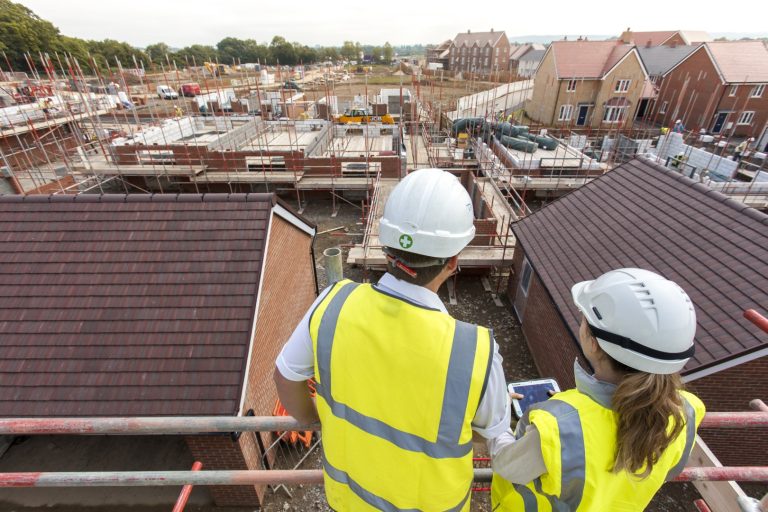Mayor Tracy Brabin has vowed to deliver a “new dawn” for housebuilding across West Yorkshire, by working in lock-step with local housing providers and the new government in Westminster. The West Yorkshire Housing Strategy 2040, the first of its kind for the region, has been unveiled on a visit to Saxton Lane in Leeds, where 204 affordable apartments are being developed by WDH. The strategy identifies untapped potential for new housing across Bradford, Calderdale, Kirklees, Leeds and Wakefield, where over 38,000 new homes could be built on previously developed land. For the first time, the plans will bring together the five local authorities of West Yorkshire to deliver across four core missions – boosting housing supply, building affordable homes, improving existing homes, and creating vibrant communities. The strategy aims to build on the progress made since the devolution of the £90 million Brownfield Housing Fund to the region, which has helped to deliver more affordable homes than at any other time since the global financial crash, including 1,500 in the year 2022-2023. Tracy Brabin, Mayor of West Yorkshire, said: “Our fifteen year housing strategy gives us the long-term, joined-up approach we need to tackle this intolerable housing crisis, ensuring that everyone has a safe and secure place to call home. “Growing up in a good quality council flat we didn’t have to worry about unaffordable rent, mould on our walls or the looming threat of a no-fault eviction, and no one else should have to either. “Housing is a basic human right and the foundation for a good and healthy life. By working in lock-step with the new government and our brilliant local housing partners, we will deliver a new dawn for housebuilding across West Yorkshire.” The launch of the West Yorkshire Housing Strategy follows a speech made earlier in the week from the new Chancellor of the Exchequer, Rachel Reeves MP, who vowed to “get Britain building again”. To help deliver 1.5 million new homes by the end of the parliament, the Chancellor and MP for Leeds West and Pudsey has pledged to work closely with Mayors and local leaders, restore housebuilding targets, and reform planning rules whilst bolstering planning teams. According to the West Yorkshire Combined Authority, there are approximately 85,000 people and families on waiting lists for a council home across the region, with house prices reaching six times the average annual wage, as compared to only three times the average annual wage in 2002. Private renters have also been hit hard by the “double-whammy” of high inflation and poor conditions, with rents in Leeds, Kirklees and Wakefield rising by around 20% since 2018, and two in five privately rented homes failing to meet the government’s definition of a “decent home”. To address rising fuel poverty, the Combined Authority and its partners have committed £40 million to modernise social homes with solar panels, heat pumps and better insulated walls and windows. The new housing strategy sets out an ambitious vision to create greener and more secure communities, driving down energy bills across West Yorkshire. Cllr Denise Jeffery, Leader of Wakefield Council and Chair of the West Yorkshire Combined Authority Place, Regeneration and Housing Committee, said: “Thousands more families are living in safe, secure and affordable homes because of the decisions of our West Yorkshire Mayor in partnership with local councils. We’ve really made the most of the powers and funding devolved to our region so far. “But now we need to accelerate this work even more. For too long, strict Government rules over where our brownfield housing fund is spent have blocked our plans. This has limited too much of what we’ve been able to achieve to places where land values are already high. “With the backing of a new Government, and the promise of greater flexibility in how we can make decisions, we can build 38,000 new homes. That is at the heart of delivering a region which everyone can be proud to call home.” Andy Wallhead, Chief Executive Officer of WDH and Chair of the West Yorkshire Housing Partnership, said: “Housing associations are already leading the way on housebuilding in West Yorkshire, with our partnership members collectively providing a fifth of all homes across the region.“ But, by working with the new Government and continuing our close collaboration with the Mayor, we’re determined to do even more and will keep on building to provide the affordable and sustainable homes needed to unlock West Yorkshire’s true potential.” Building, Design & Construction Magazine | The Choice of Industry Professionals














